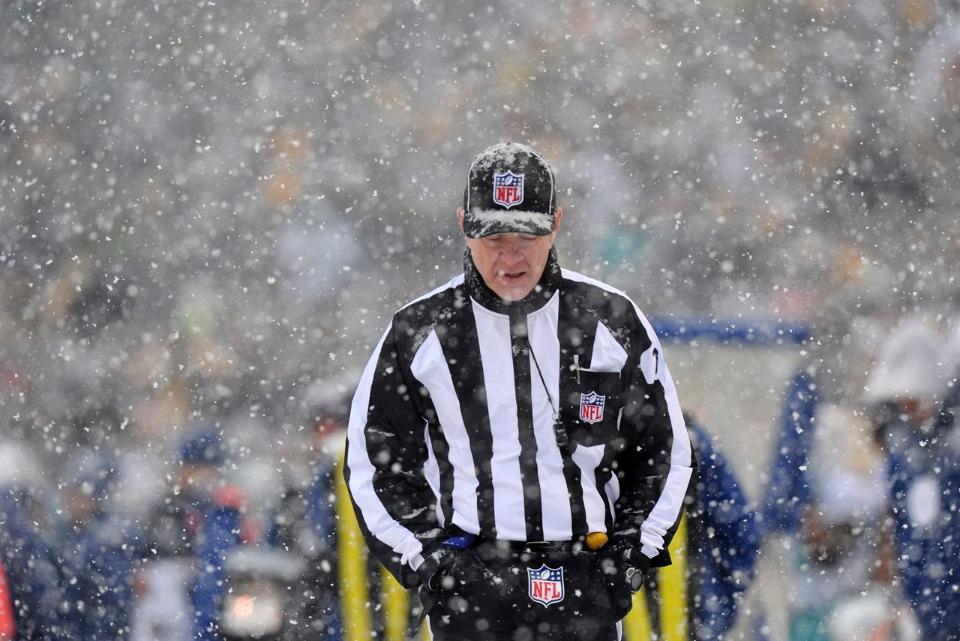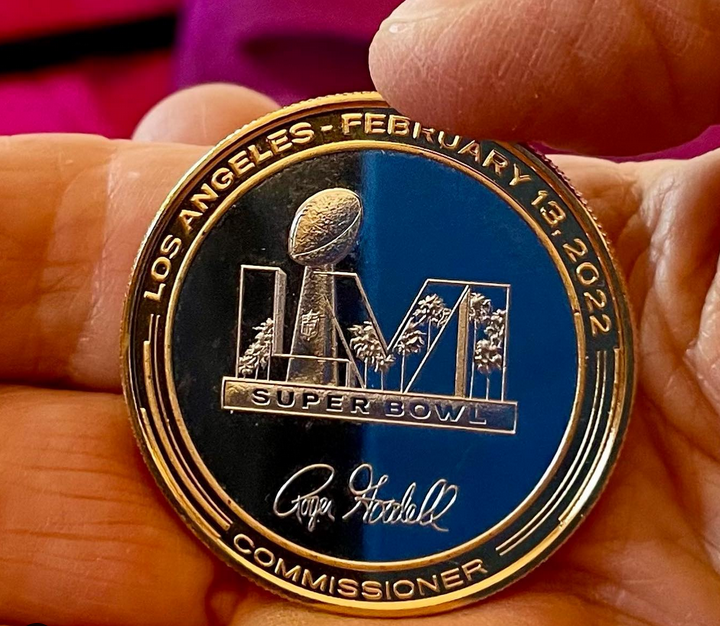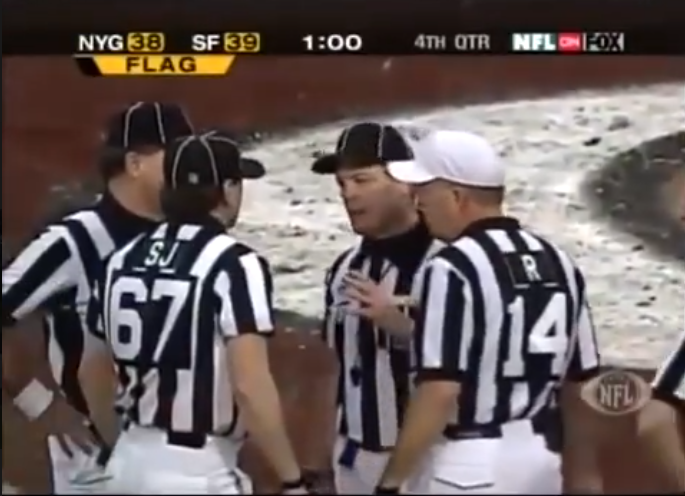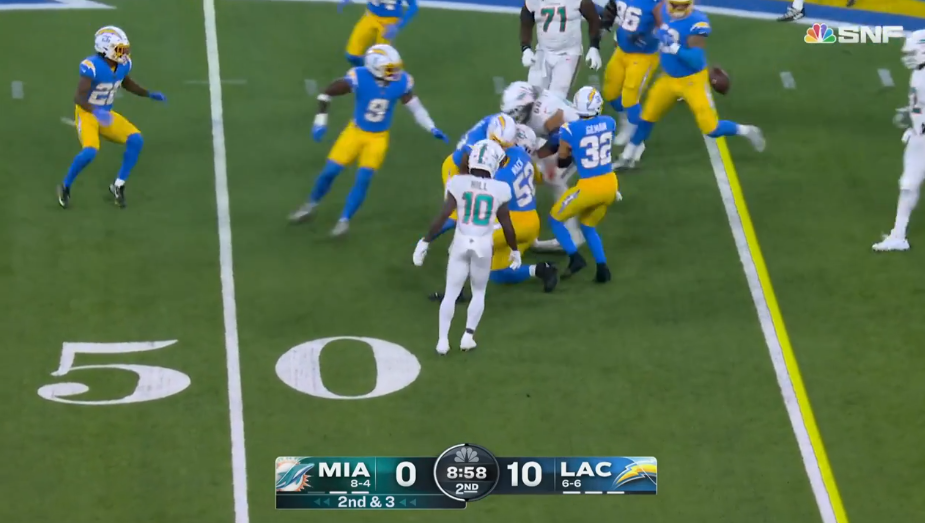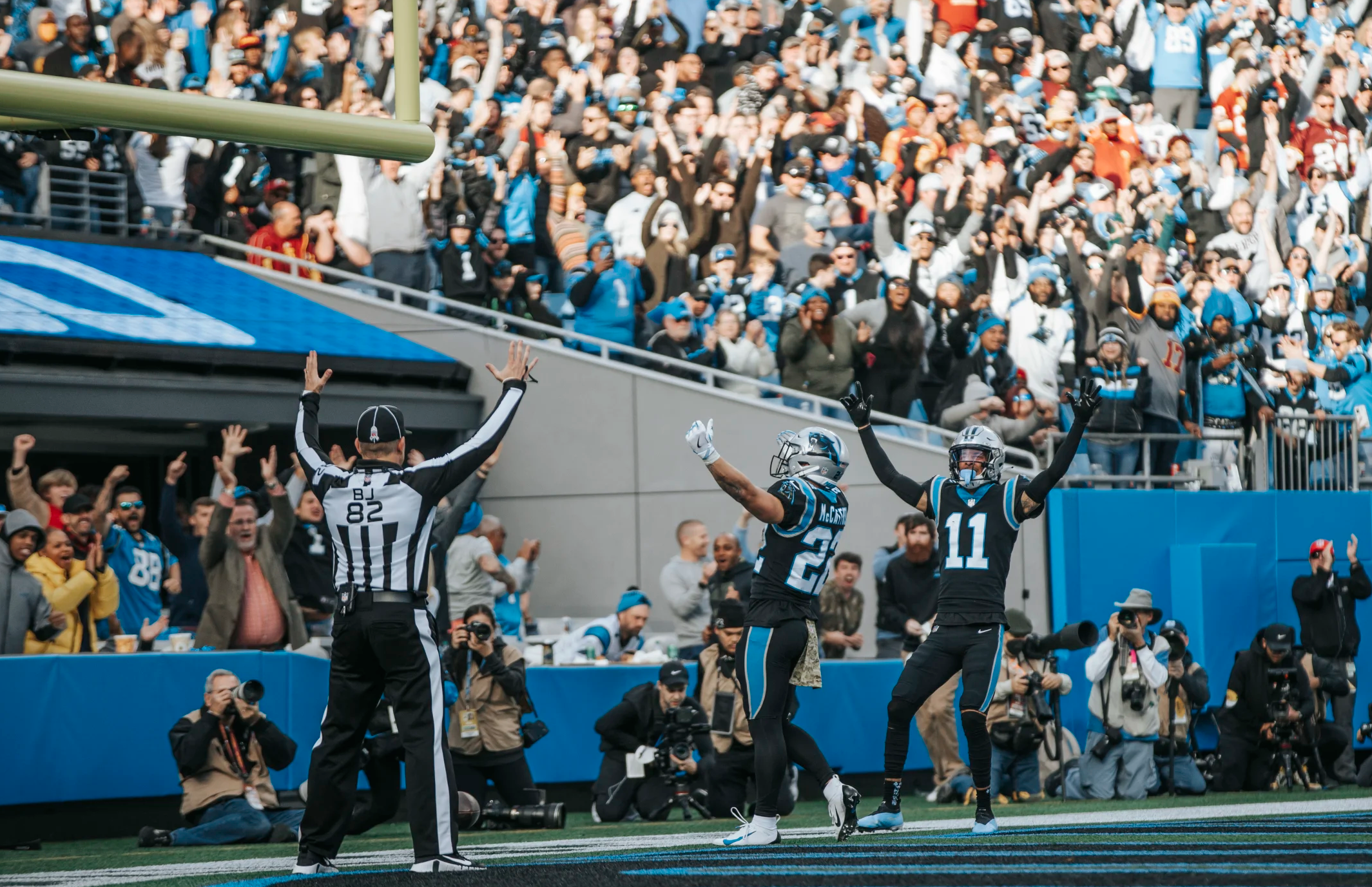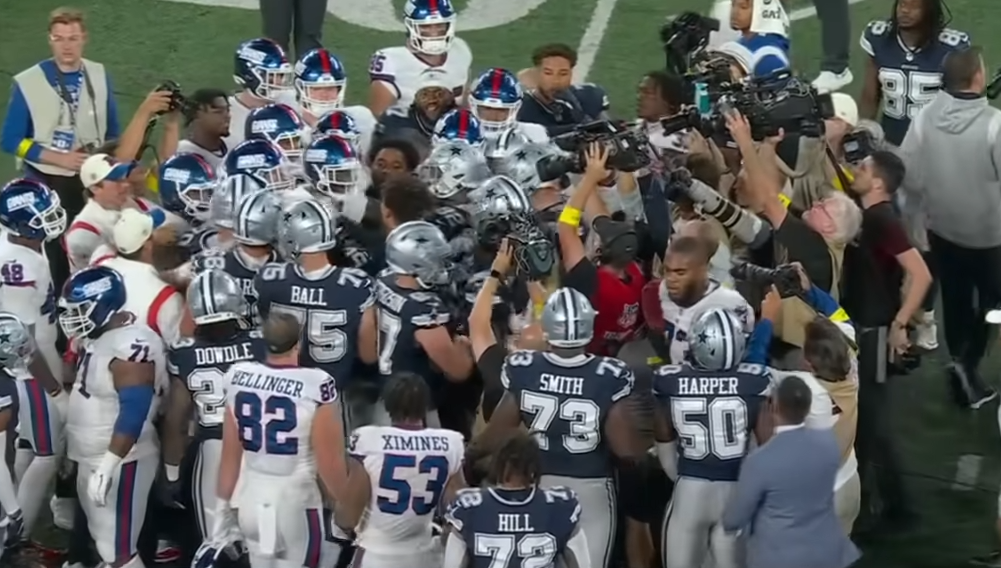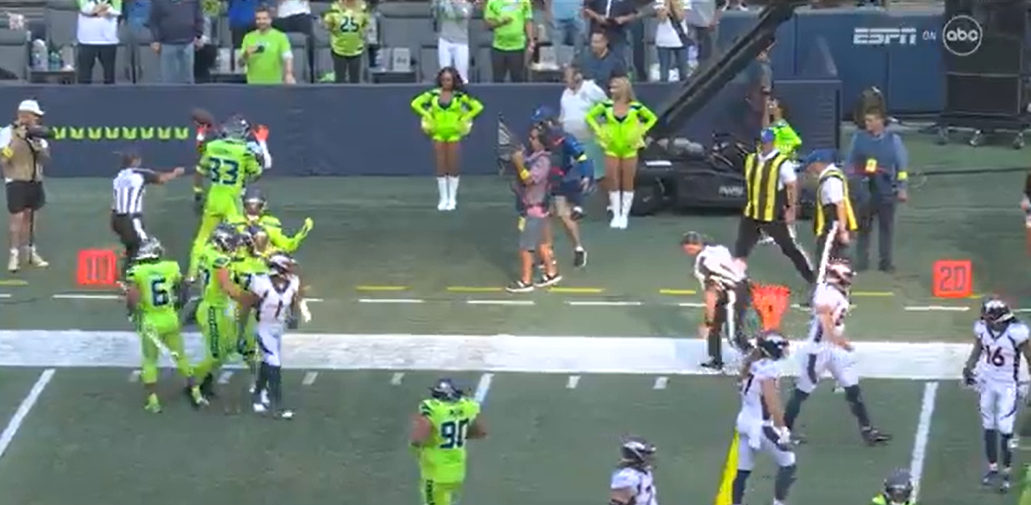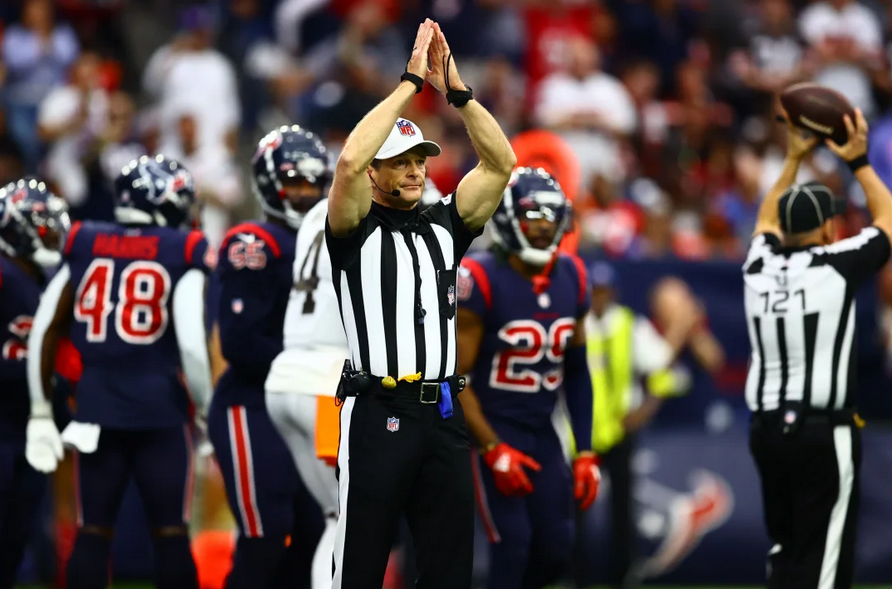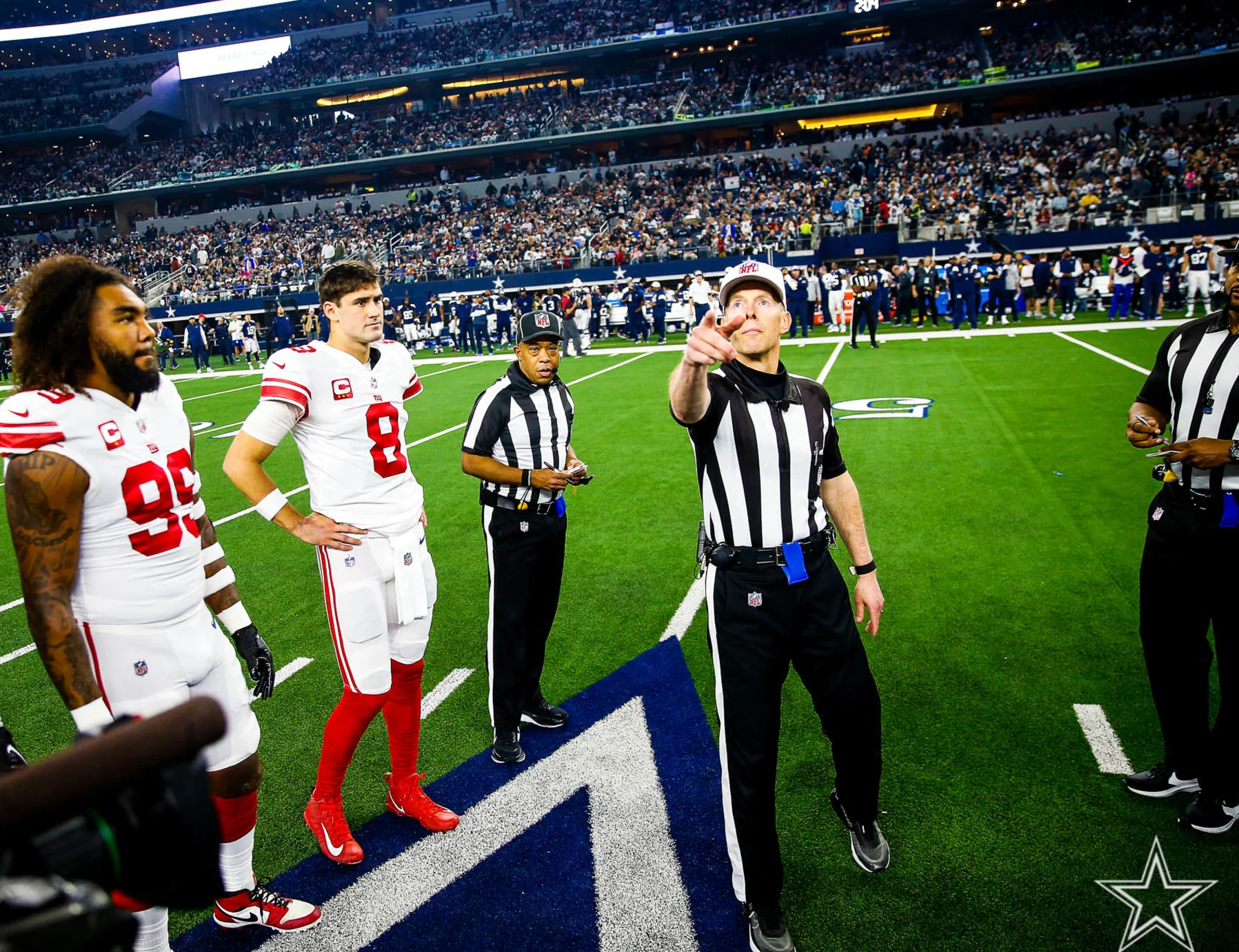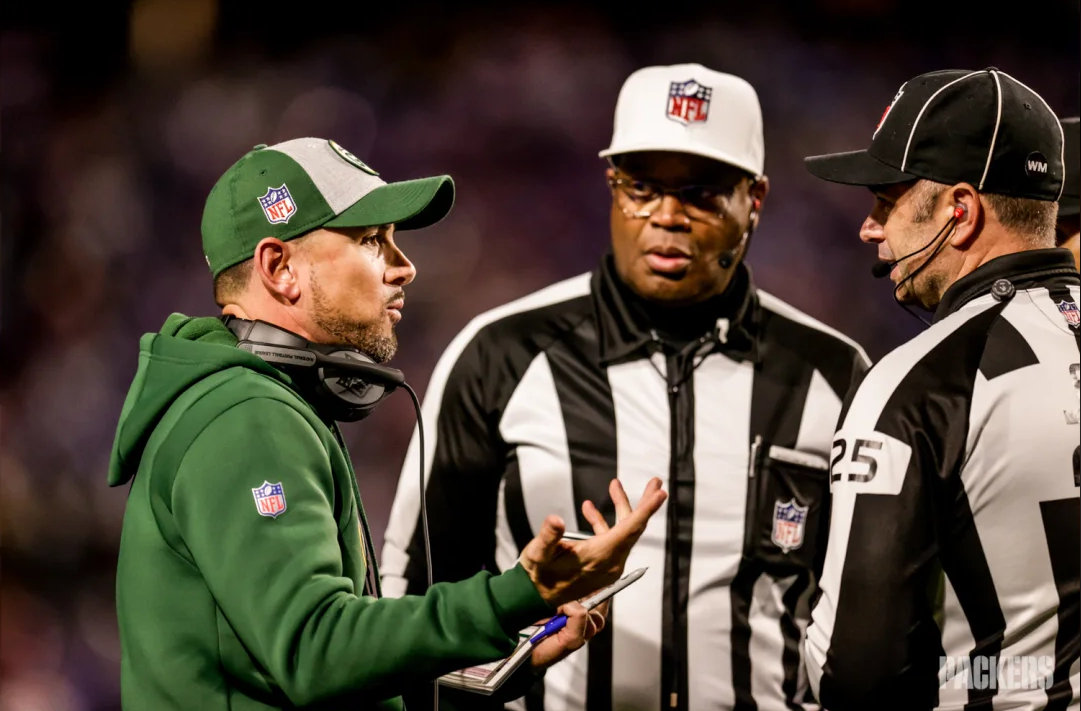Mechanics
Float like a butterfly…dodge like a ref
How NFL officials stay out of the way to preserve life and limb
We’ve all seen it. Â For the fans it is a funny sight but for anyone who has been knocked down by a football player always cringes when a football official gets knocked down. Â The officials do not wear any padding and when they get trucked by a football player, that bruise and soreness stays with an official for several weeks (video). Â When an official can see that he will not get out of the way in time and he is going to get knocked down, he gets light on his feet to protect his ankles and knees, and he does his best to tuck and roll. Â If an official puts his arms out to brace his fall, he runs the risk of breaking his wrists and arms.
Each NFL official has to take different precautions depending on his position.  The back judge has to backpedal at the snap and do his best to get to the goal line before any touchdown run.  He will move backwards no matter what kind of play it is.  The most dangerous play for a back judge is when a receiver runs a pass pattern right at him, when a long play shifts from the sideline to the middle of the field, or when the running back breaks a long one up the middle.  The back judge has to wheel out to the side, open up to the play, give the players enough space and pray that the ball carrier doesn’t change direction.  If he can’t the results are painful and embarrassing (video).
The deep wings (side judge and field judge) have many of the same considerations as the back judge. Â They must do their best to get to the goal line. Â But, unlike the back judge, the deep wings have to consider the traffic on the sideline. Â Collisions between sideline staff and officials have resulted in serious injuries to both the officials and the people they hit. Â That is why officials from Pop Warner to the NFL flag sidelines for unsportsmanlike conduct if any coach or non-player is “in the white” during a live ball (video). Â The head linesman and line judge are responsible for marking the out-of-bounds spot, no matter how long the play. Â So when a player is run out-of-bounds, the deep wings can keep backing up and getting out of the way and not have to worry about stepping toward the play and putting their foot down at the spot.
For the line judge and the head linesman they must be careful during sweeps to the sideline.  When a sweep goes to the sideline, watch those two officials.  They will slide step into the backfield and “go against the grain” of the play.  Why?  Watch where the ball carrier and blockers go crashing out of bounds — many times it will be at the spot the official just vacated.  If the official can’t get out of the way, or it turns into a broken play, the official runs the risk of being tackled along with the ball carrier (video).  Once the head linesman and line judge let the sweep pass them by, they turn up field, watch the ball carrier and mark the progress spot.  While the official chases the play up the sideline, they must also watch out for blocked players falling out of bounds.  Those blocked players can take an officials’ legs out from under him line a bowling pin.
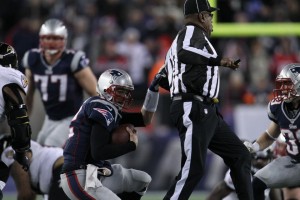
Umpire Chad Brown tries (unsuccessfully) to get out of the way of Patriots quarterback Tom Brady. [David Silverman/New England Patriots]
The NFL umpire gets to officiate for 53 minutes in relative safety — in the offensive backfield across from the referee. Â Before the 2010 change that moved the him into the offensive backfield, the umpire was in the most dangerous and exposed position on the field — seven to 10 yards in the defensive backfield with the linebackers (video). Â In 2009, the NFL logged the umpire position getting knocked to the ground over 200 times during the season. Â The umpire now only moves into the defensive backfield during the last two minutes of the first half and the last five minutes of the second half; however during those seven minutes he must be vigilant. Â From the defensive backfield, the umpire must avoid receivers using them as a pick on pass plays. Â On running plays he must quickly move if a running lane opens up and he’s in the middle of it. Â Most umpires have played as interior lineman at some level of organized football, so they have good instincts to read the play.
The referee, from start to finish, is in relatively the the safest place on the field. Â The referee starts out deep and wide of the action and has plenty of time to react and get out-of-the-way if the quarterback scrambles his way. Â The most dangerous time for a referee is on a long punt, fumble, or interception return. Â The entire play is busted, and everyone is doing something out of the ordinary. Â When the play runs in reverse, the referee has to set himself up out-of-the-way of the play and yet close enough to make any rulings. Â If the play changes direction, he must quickly adjust to the change to again get out-of-the-way yet be close enough to make a call. Â Pete Morelli did a great job at this during a recent long return (video).
Officials are part of the playing field.  If there is a collision the official not only faces weeks of pain, but he also faces the wrath of the player who collided with him.  That player will blame the official (rightly or wrongly) for getting in his way and preventing him from making a play.  In over 100 years of organized football, the officials have come up with excellent mechanics so they can be close enough to call the play and yet be at a safe distance; however, try as they might, there are some unfortunate moments for every official in his career where he will make the blooper reel.



![Billy Smith during a collision with Titans receiver Nate Washington [Donn Jones/Tennessee Titans]](https://www.footballzebras.com/wp-content/uploads/2013/09/washington-smith-knocked-300x163.jpg)




